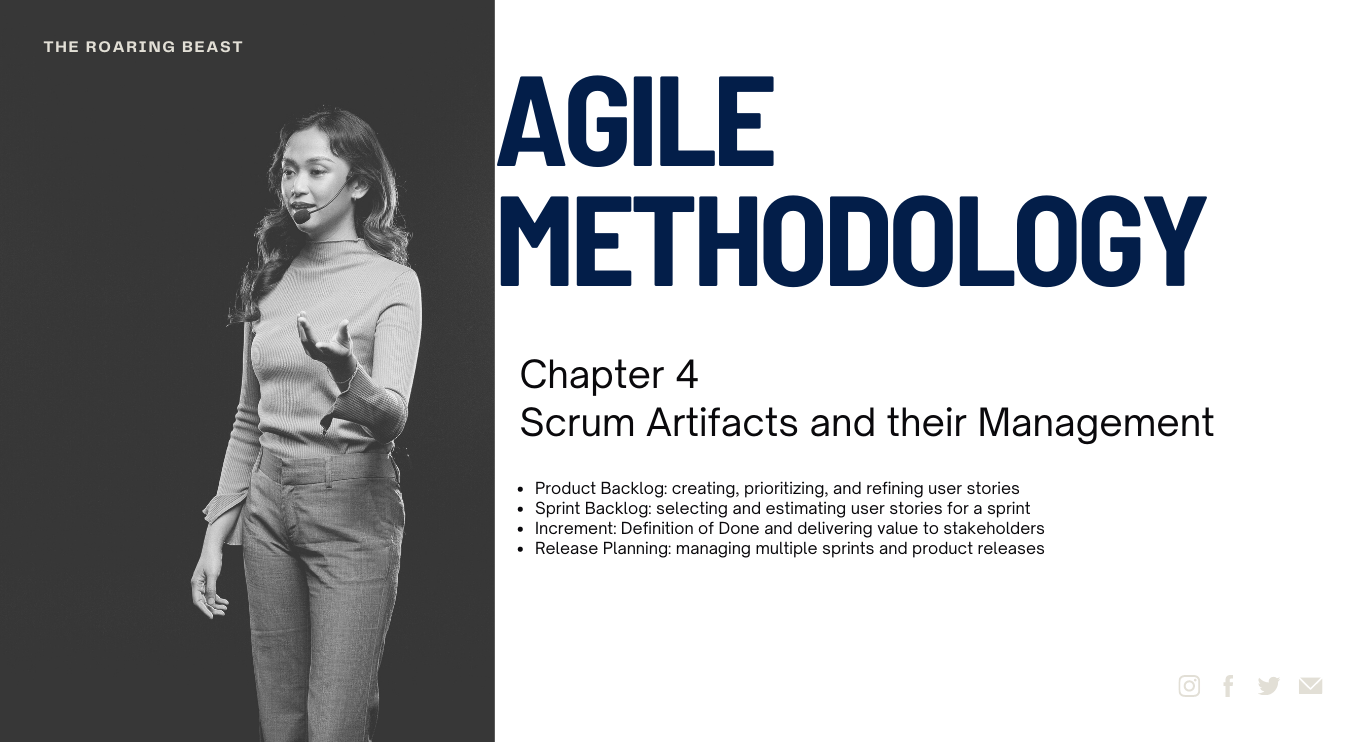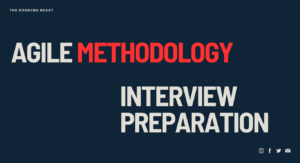In the Scrum framework, the Increment refers to the sum of all the product backlog items completed during a sprint. It represents the tangible outcome of the team’s work and should be a potentially releasable version of the product. Here are two key aspects related to the Increment: the Definition of Done and delivering value to stakeholders.
- Definition of Done:
The Definition of Done is a shared understanding among the Scrum Team of what it means for a product backlog item to be considered complete. It serves as a quality standard for the work delivered in each sprint. The Definition of Done should be clearly defined and agreed upon by the Scrum Team, and typically includes the following elements:
- Functionality: The product backlog item is fully implemented, meeting the agreed-upon requirements and specifications.
- Code Quality: The code is clean, well-structured, and follows established coding standards and guidelines.
- Testing: The product backlog item has been thoroughly tested, including unit tests, integration tests, and any other required testing activities.
- Documentation: The necessary documentation, such as user manuals, API documentation, or technical specifications, is complete and up to date.
- Review: The work has been reviewed and approved by the relevant stakeholders or subject matter experts.
- Acceptance: The product backlog item meets the expectations of the Product Owner and satisfies the acceptance criteria defined for the item.
- Potentially Releasable: The product backlog item, when combined with previously completed items, forms a potentially releasable version of the product.
By adhering to the Definition of Done, the Development Team ensures that the work they complete is of high quality and ready for potential release, providing transparency and predictability to stakeholders.
- Delivering Value to Stakeholders:
The Increment represents a tangible value delivered to stakeholders at the end of each sprint. It allows for frequent feedback and validation of the product’s direction and ensures continuous value delivery. Here are some ways in which the Scrum Team focuses on delivering value:
- Early and Regular Delivery: The Scrum Team aims to deliver a potentially releasable Increment at the end of each sprint. This allows stakeholders to see and use new features or improvements early on, providing valuable feedback and enabling the team to make informed decisions about future work.
- Stakeholder Collaboration: The Product Owner works closely with stakeholders to understand their needs, gather feedback, and prioritize the product backlog items accordingly. The Increment reflects the priorities and requirements of the stakeholders, ensuring that their needs are addressed.
- Business Value Alignment: The Product Owner, in collaboration with the Development Team, focuses on delivering the highest business value items first. By continuously delivering valuable Increments, the team maximizes the return on investment and addresses the most critical needs of the stakeholders.
- Inspection and Adaptation: Through the Scrum events of Sprint Review and Sprint Retrospective, the Scrum Team gathers feedback, inspects the Increment, and adapts their approach based on stakeholder input and lessons learned. This iterative feedback loop allows for continuous improvement and value optimization.
By consistently adhering to the Definition of Done and prioritizing value delivery, the Scrum Team ensures that the Increments they deliver meet the needs and expectations of stakeholders, driving the success of the product and providing value to the organization.

